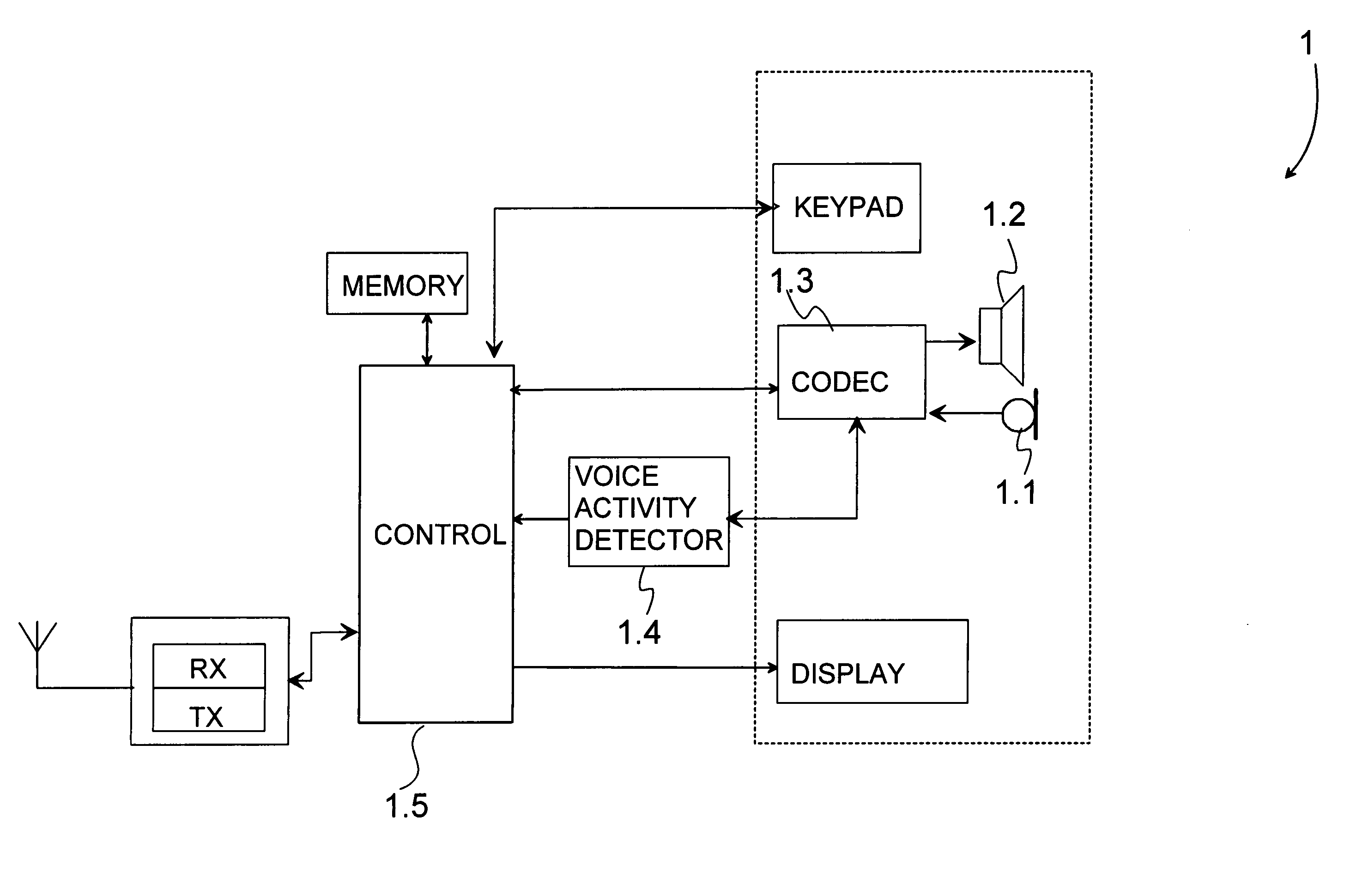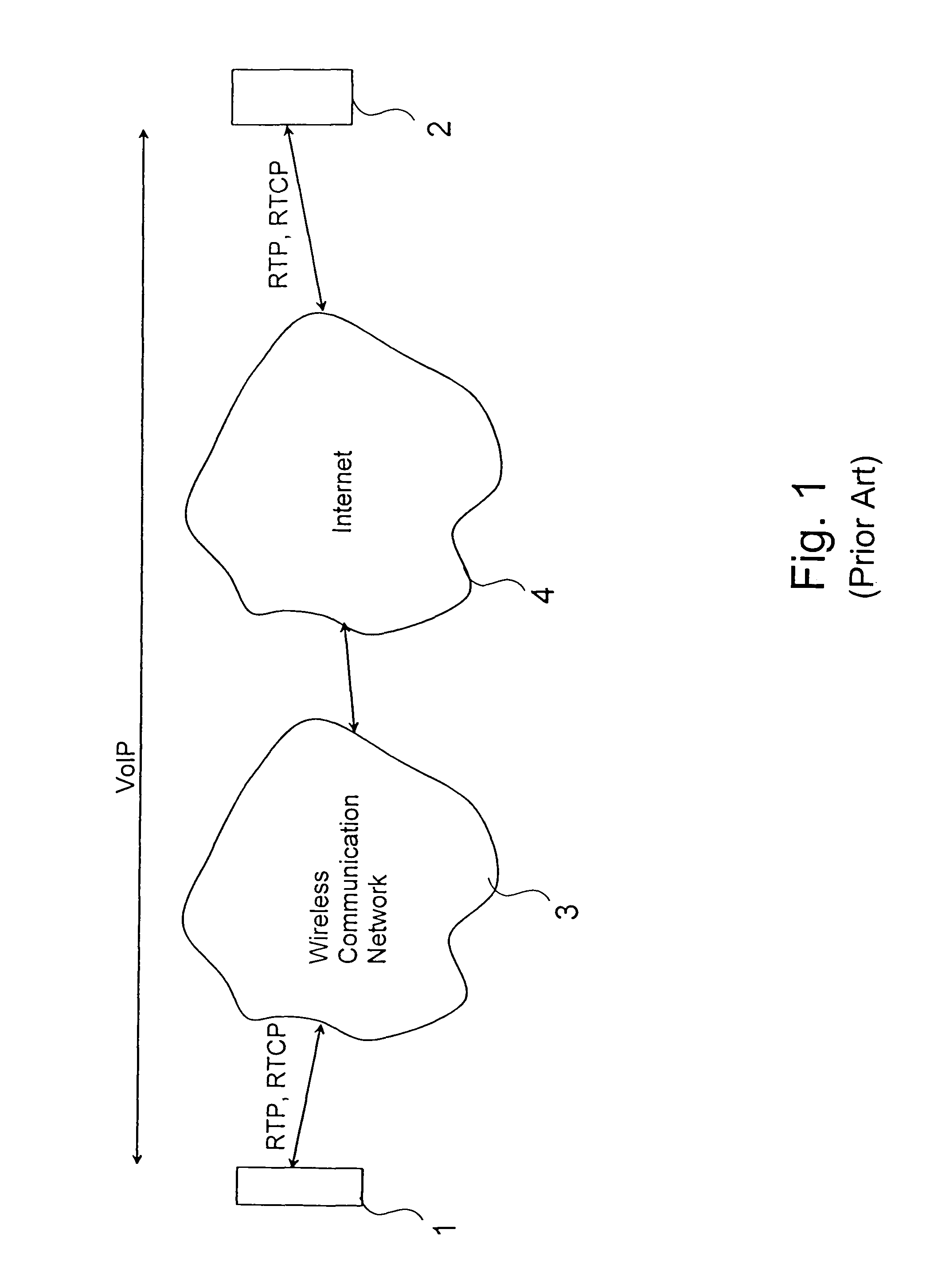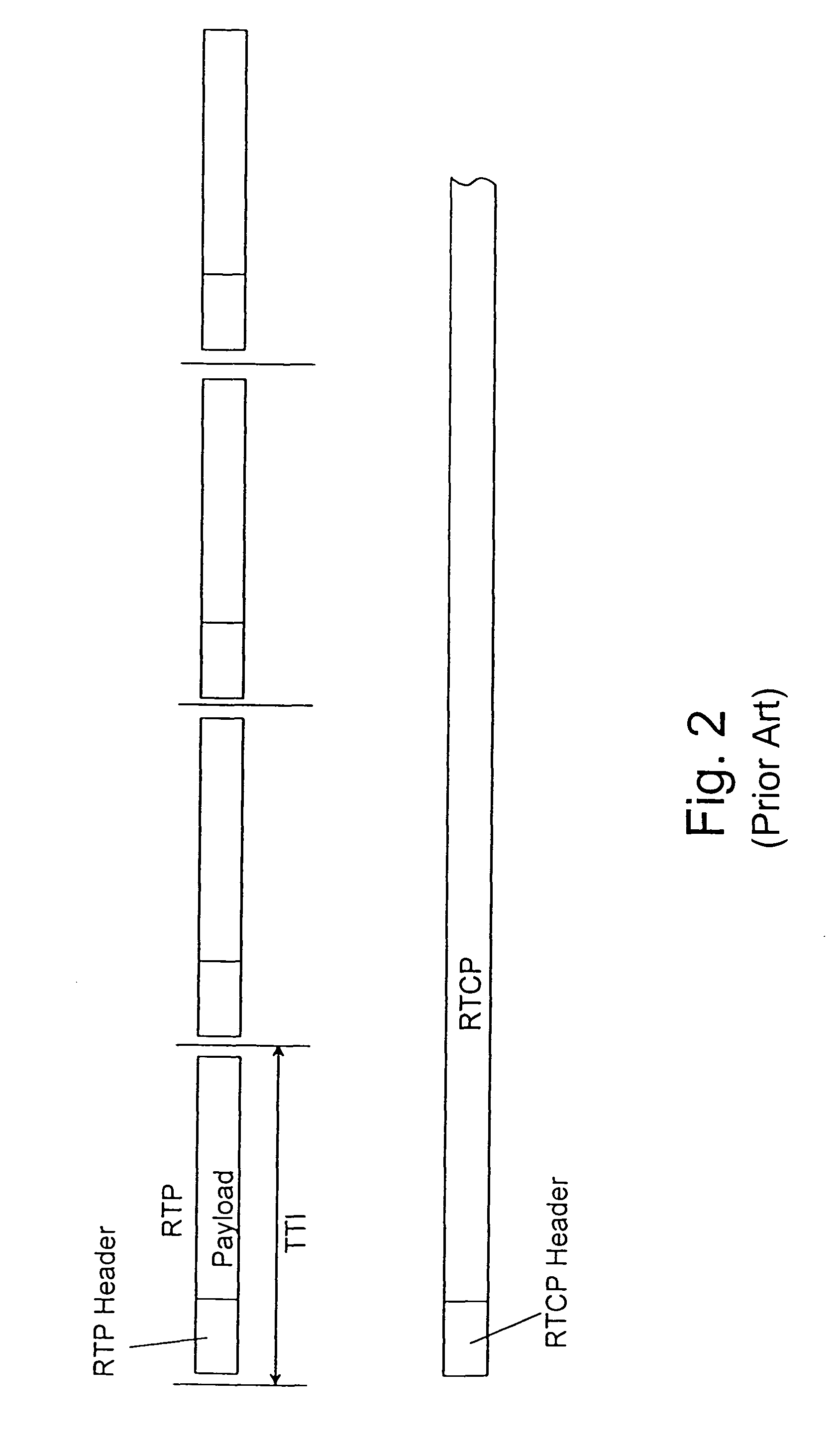1. The primary function is to provide feedback on the quality of the data distribution. This is an integral part of the RTP's role as a transport protocol and is related to the flow and congestion control functions of other transport protocols. The feedback may be directly useful for control of adaptive encodings, but experiments with IP multicasting have shown that it is also critical to get feedback from the receivers to diagnose faults in the distribution. Sending reception feedback reports to all participants allows one who is observing problems to evaluate whether those problems are local or global. With a distribution mechanism like
IP multicast, it is also possible for an entity such as a
network service provider who is not otherwise involved in the session to receive the feedback information and act as a third-party monitor to diagnose network problems. This feedback function is performed by the RTCP sender and
receiver reports.
2. RTCP carries a persistent transport-level identifier for an RTP source called the canonical name or CNAME. Since the SSRC identifier may change if a conflict is discovered or a program is restarted, receivers require the CNAME to keep track of each participant. Receivers may also require the CNAME to associate multiple data streams from a given participant in a set of related RTP sessions, for example to synchronize audio and video. Inter-media synchronization also requires the NTP and RTP timestamps included in RTCP packets by data senders.
3. The first two functions require that all participants send RTCP packets, therefore the rate must be controlled in order for RTP to scale up to a large number of participants. By having each participant send its control packets to all the others, each can independently observe the number of participants. This number is used to calculate the rate at which the packets are sent.
4. A fourth, optional function is to convey minimal
session control information, for example participant identification to be displayed in a
user interface of a terminal. This is most likely to be useful in loosely controlled sessions where participants enter and leave without membership control or parameter negotiation. RTCP serves as a convenient channel to reach all the participants, but it is not necessarily expected to support all the control communication requirements of an application. A higher-level
session control protocol, which is beyond the scope of this document, may be needed.
However, some transport systems may impose limitations in the number of
modes supported and how often the mode can change due to bandwidth limitations or other constraints.
The Internet, like other packet networks, occasionally loses and reorders packets and delays them by variable amounts of time.
The basic problem in VoIMS is given by the uncontrolled nature of the RTCP traffic, and its possible
impact on the RTP traffic, which carries
voice data. FIG. 2 shows the situation.
Since the transmission of RTP and RTCP occurs on the same radio bearer, RTCP packets may cause RTP packets to be delayed or even lost (depending on the RLC discard
timer).
Also, occasional ROHC feedback headers may increase the size of the ROHC header.
It is recognized that the two first proposed alternatives do not lead to interoperable or efficient solutions.
The first alternative, among the other things, causes interworking problems when the VoIP endpoints (terminals on endpoints of the conversation) are connected to different communication networks, for example, between
wireless 3GPP network and a network supporting IETF standards (for example, internet).
The third solution leads to the increase of the speech
frame error rate (FER), since speech /
silence InDication (SID) packets are discarded when RTCP is prioritised over RTP.
However, problems appear also in uplink, if the RTCP packets are larger than assumed.
About the fourth method, it is mentioned in reference [10] (the full
citation for this reference and other prior art references are presented in Appendix A) that “this mechanism requires delaying of some of the RTP packets for the transmission of the RTCP packets to be completed.” . . . . “The net result is the additional
delay and the
delay variation (
jitter) imposed on RTP (voice) packets, which is not desirable.”
According to [10], the drawback of the fifth method is that the “mechanism relies on the
radio interface to reconfigure the bearer used for IMS voice to allow higher bandwidth during the transport of RTCP packets.
However such reconfiguration could take multiple 100 s of milliseconds and such a large amount of
delay imposed on voice service is also not desirable.”
The drawback of the sixth method is an increased interference, as mentioned in reference [11].
The drawback of this solution is that a certain amount of resources needs to be constantly reserved for the two bearers.
And even though some of the above-mentioned solutions were used, unpredictable,
large size of RTCP packets would cause in most cases unexpected phenomena, e.g., loss of RTP packets.
 Login to View More
Login to View More  Login to View More
Login to View More 


